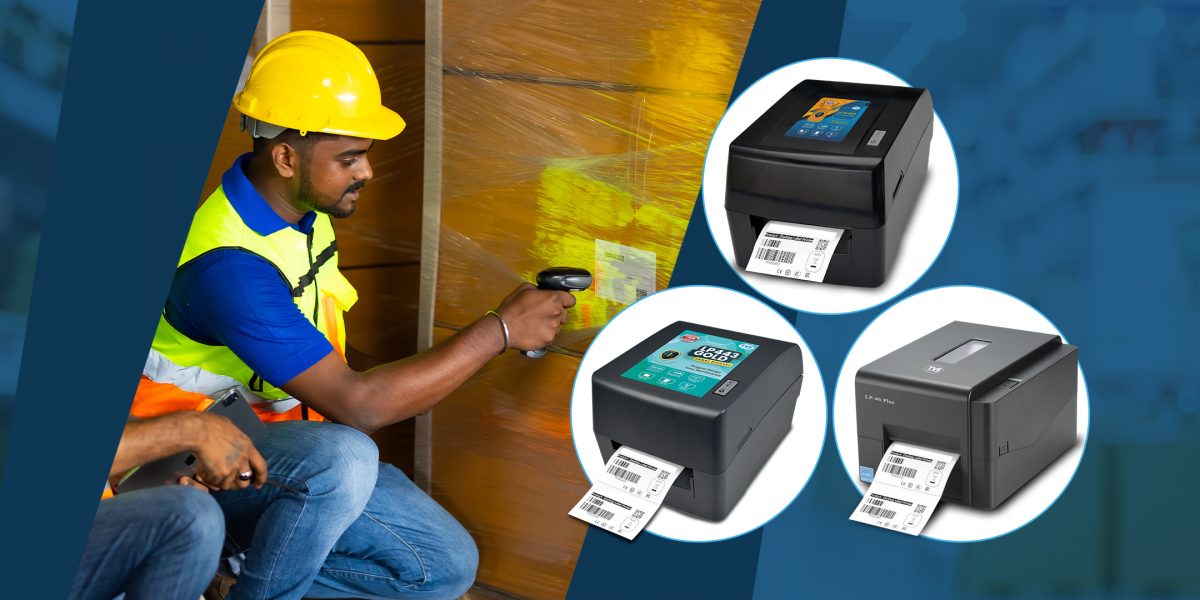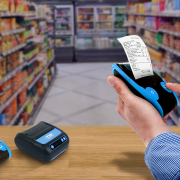Nowadays, every business is looking for a way to reduce costs, automate tasks and improve efficiency. There were times when large to small businesses relied on manually inputting data about packages by clerks or other workforces. But today, products with barcode printing and scanning features have become a necessary businesses of any size.
Barcode printers are different from regular printers. They are computer peripherals made specifically for printing labels or tags that can be attached to or directly printed on your packages and products. They can be used to print adhesive labels or label cartons and retail items. They can print barcodes on a variety of surfaces.
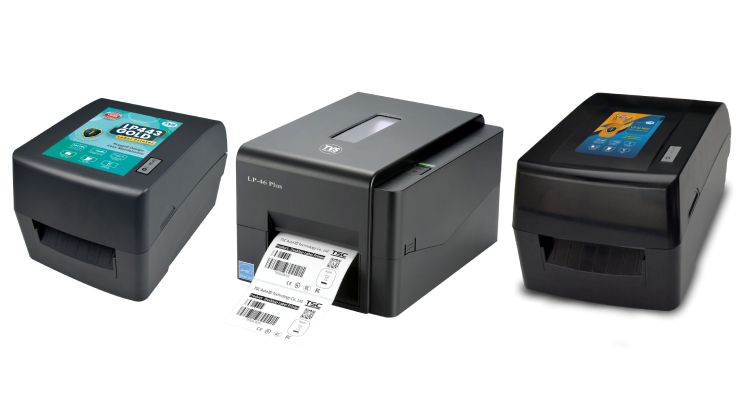
The barcode printing process can include direct thermal barcode printing or thermal transfer barcode printing technique. The direct thermal barcode printing technique uses a pinhead that generates heat which causes a chemical reaction in specially designed paper, turning the paper black. The thermal transfer technique also uses heat, but does not react with the paper, it transfers the ink from the ribbon to the paper for printing.
Many types of barcode printers available in the market, and a business can choose one of them as per its requirements. The following are the four types of barcode printers depending on print quality, maintenance costs, initial investment, and other factors.
Types of barcode printers
1. Dot matrix – The dot matrix printing technology is one of the oldest for printing labels. These printers are readily available and cost-effective, making them an ideal choice for businesses with large printing requirements and lower print quality. These printers can print on any surface. The printers are durable and require low maintenance, but their print quality is lower and cannot withstand water and chemicals.
2. Inkjet – Businesses requiring high production settings where barcodes need to be printed and applied at high speed typically use inkjet printers. One of the drawbacks is the high cost and complexity related to the installing these printers. These printers also require constant supervision for their smooth operation.
3. Laser – The working of a laser printer is like a photocopier. They can print text and graphics of superior quality on adhesive labels or paper. These printers can also be used as document printers when not used as barcode label printers. Since the quality of these labels is very good, they can easily be scanned and read by any infrared scanners. Their labels are durable but are not suitable for industrial use.
4. Thermal – As discussed, thermal printers include direct and transfer printers. Thermal printers are the most used printers in the manufacturing industry. This is because these printers print labels that are most durable and least affected by environmental conditions. These labels have a long scan-ability, and they can be produced in batches or individually as per the requirement so that any kind of wastage can be eliminated.
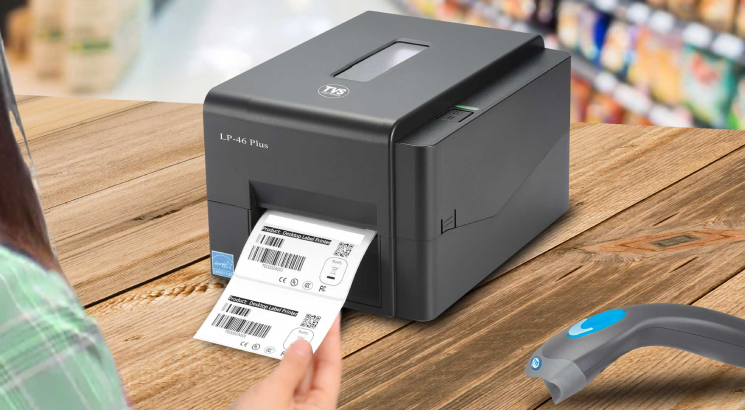
Difference between barcode printers and label printers: The terms label printers and barcode printers can be used interchangeably in the market. Thus, below we have listed some key differences between the two based on usage, size, print quality, and more for clarification.
1. The intention of usage – The most important difference between a barcode printer and a label printer is its usage. As we already know, label printers are used to print labels, tags, and other small documents, whereas barcode printers are used to print only barcodes on labels, paper, or adhesive papers.
2. The technology used for printing – The printing technology used for producing the print significantly impacts the cost of production and the quality and durability of the print. Label printers use either direct thermal or thermal transfer technology for thermal printing. Generally, label printers consist of both printing technologies in the same model. Barcode printers generally use direct thermal printing technology for thermal printing. They can also use thermal transfer printing technology, but this alternative is more expensive.
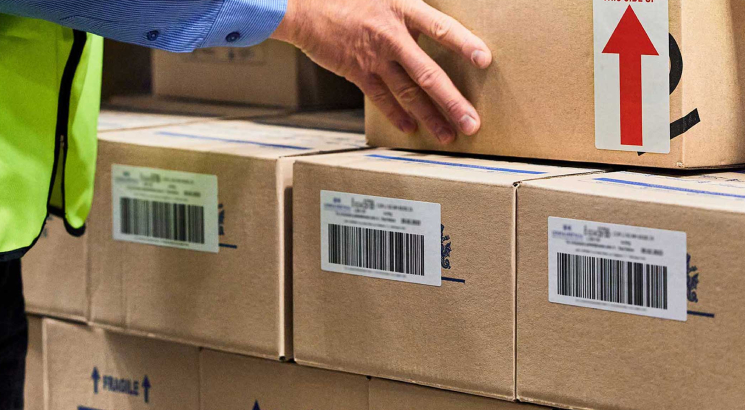
3. Print speed and resolution – The print speed is dependent on various factors like print resolution, printer brand and model, and others. But in general, label printers have better printing speed than barcode printers. Label printers can print a wide range of resolutions and they can be chosen as per application requirements. Higher resolutions produce clearer images, but take more time to print. Barcode printers generally have lower resolutions and may provide higher resolutions for graphics or complex designs.
4. Printer size and weight – Label printers are used in industrial settings and therefore are extremely bulky and heavy. They are built using materials like aluminum and metal to withstand harsh industrial conditions and are more durable. Barcode printers are generally smaller and lightweight and thus can be easily carried around. They are generally mobile or desktop printers.

5. Features of the printer – Label printers have several features increasing flexibility and convenience. Some of these features included in label printers are a touchscreen display, operational buttons, a built-in processor, and connectivity ports. These printers do not require a host device since they have many built-in features. Barcode printers lack these features and thus require a host device to operate. The host device can be a computer, smartphone, or tablet.
There are a few differences between barcode printers and label printers; a business can make a choice depending on their requirements. Both printers have features that can benefit certain businesses; thus it is important for the businesses to understand their needs clearly and then make a decision.
There is a wide range of barcode printers and label printers available at TVS Electronic for businesses to choose from. Businesses can opt for a printer depending on the volume, quality, and durability of printing requirements.










